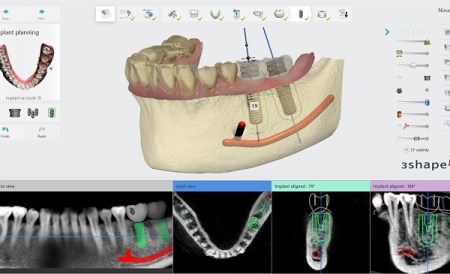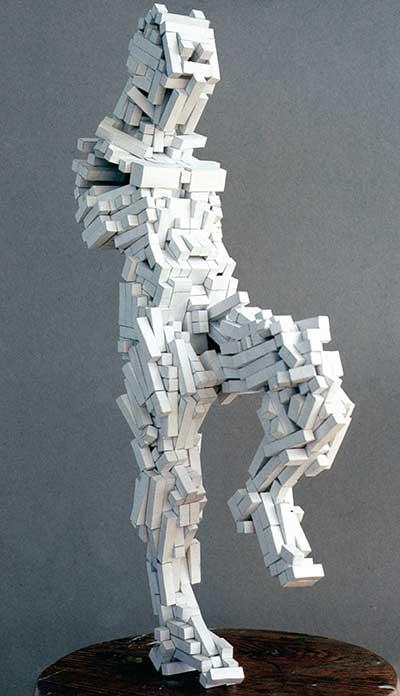
line 0 uses bit 0-1, line 1 uses bit 2-3, line 2 uses bit 4-5, line 3 uses bit 6-7. The lines are stored in the same order as the bits in the byte, i.e. Line encoding is compacted from the 192 lines on the screen down to 48 bytes per layer, each byte within the layer encoding section is stored as 2 bits per line, and 4 lines to the byte. Invert Paper (black on white or white on black) The Layer 1 pen and Layer 2 pen information is as follows: The Frame encoding is 0 for a change between last frame and this one, and 1 for a totally new frame.
/cdn.vox-cdn.com/uploads/chorus_image/image/9614383/flipnote_studio_3d.0.jpg)
The paper bit indicates what color the paper is - 0 for black and 1 for white. The pen and paper byte at the start is encoded as follows: The frame data stored layer 1 then layer 2 The offsets are all relative to the end of the offset list, and the frames are not stored in any specific format in the file, so you have to read this table for the next offset as I've seen the list point to a frame at 00023572 and the next frame was at 00000000. The animation section starts at offset 0x06A0, with a header section.Ī list of offsets to the frames in the order to play them. You can use pbsds's PPMtool to extract the preview image yourself Here's two preview images that blasty decoded from some PPM files. Link to the original picture, warning image is 2,048 × 1,536. Here's a photo taken of the altered preview image, reduced to about the correct size. The preview image is a 64x48 image stored in a 16 colour tile format, with each 8x8 tile taking up 32 bytes of the file. A random number, possibly generated from a date stamp.



The 3 sections of the file name seem to be stored as:


 0 kommentar(er)
0 kommentar(er)
